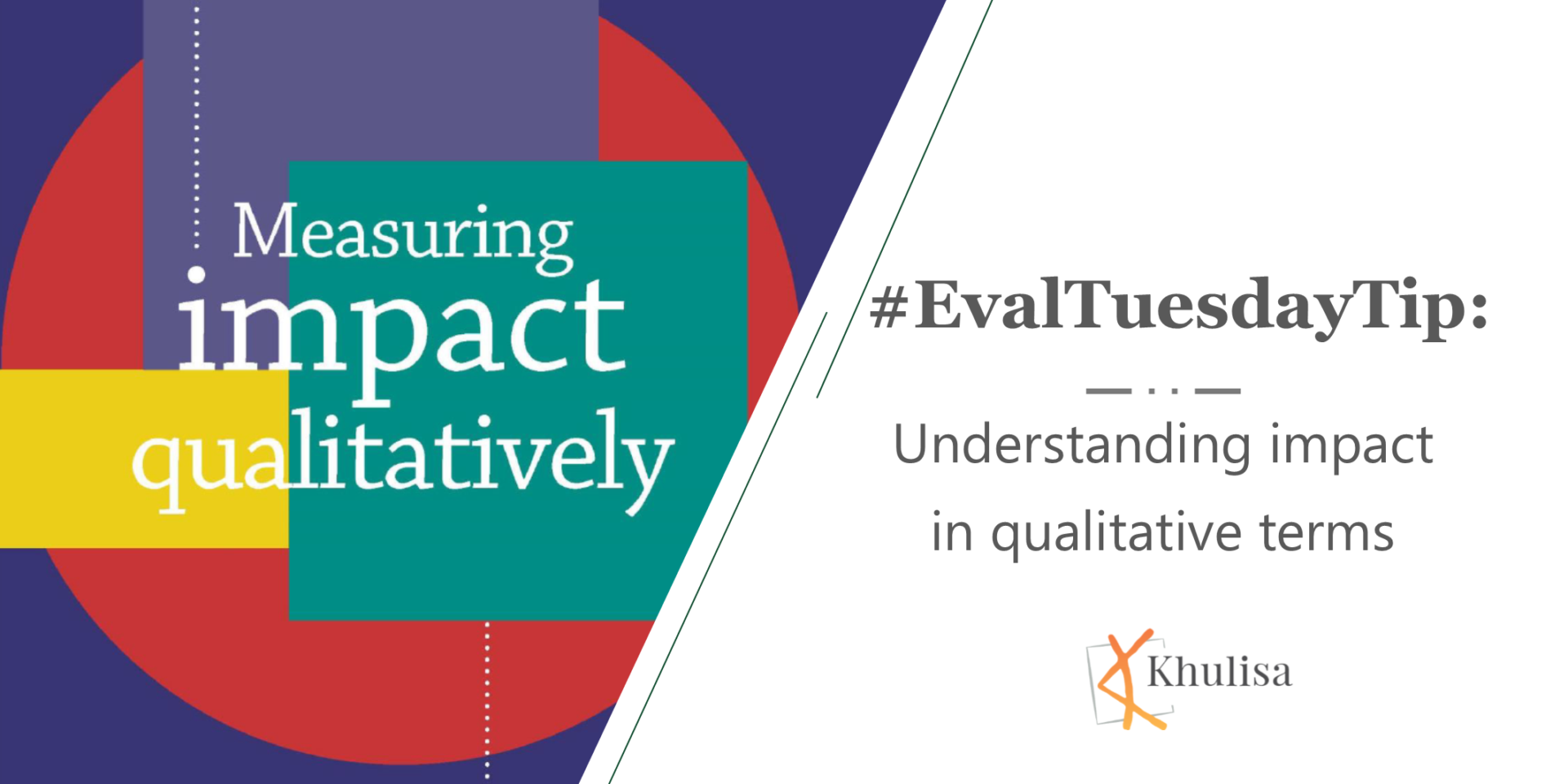
#EvalTuesdayTip: Understanding impact in qualitative terms
The Measuring Impact Qualitatively paper is an evaluation must-read. We find the conclusion that evaluations have long sought to understand and assess impact in qualitative

The Measuring Impact Qualitatively paper is an evaluation must-read. We find the conclusion that evaluations have long sought to understand and assess impact in qualitative
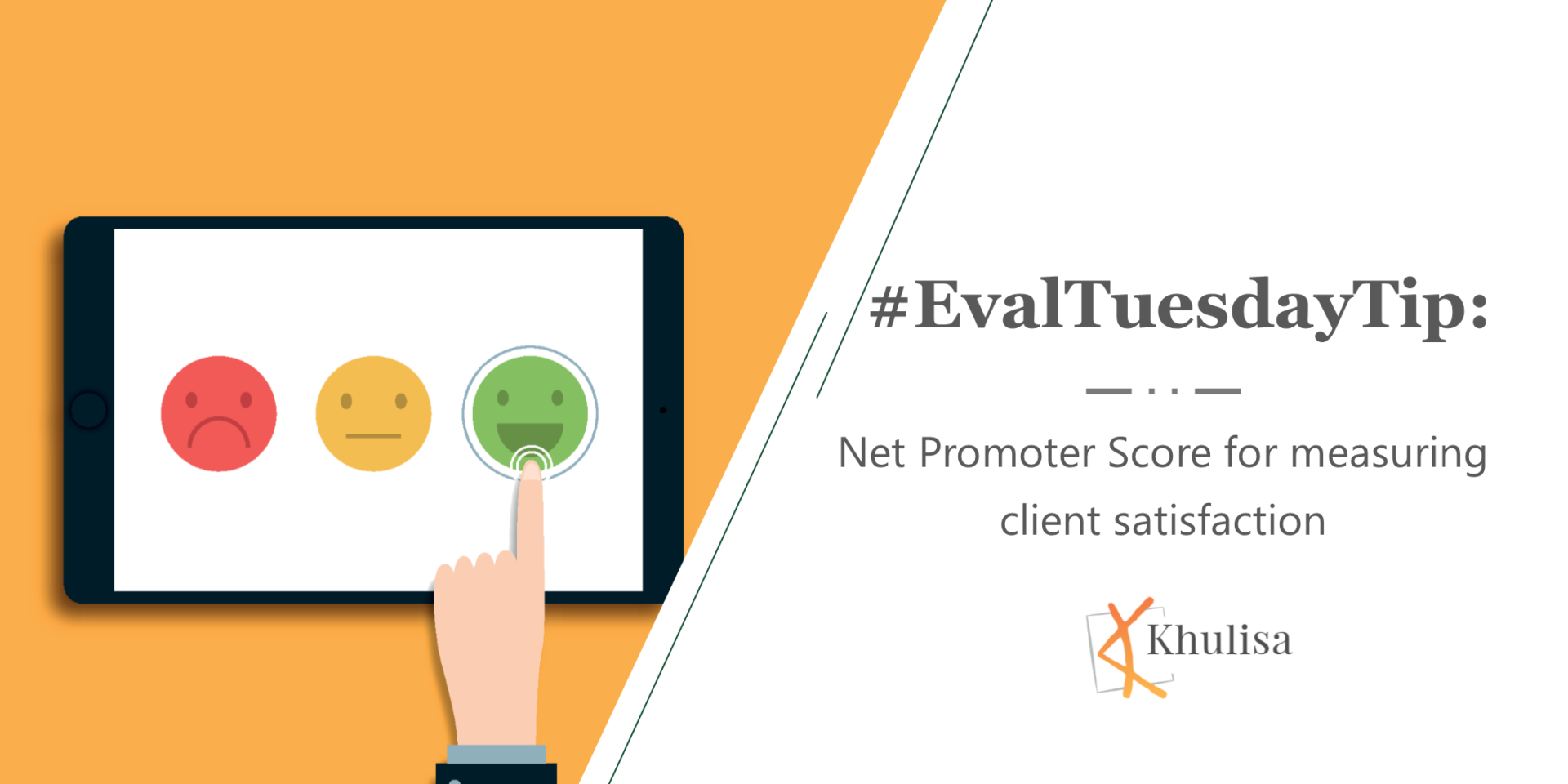
Evaluators always look for valid, reliable, and easily collected data. A key challenge is low response rates, particularly when a survey is long and complex.
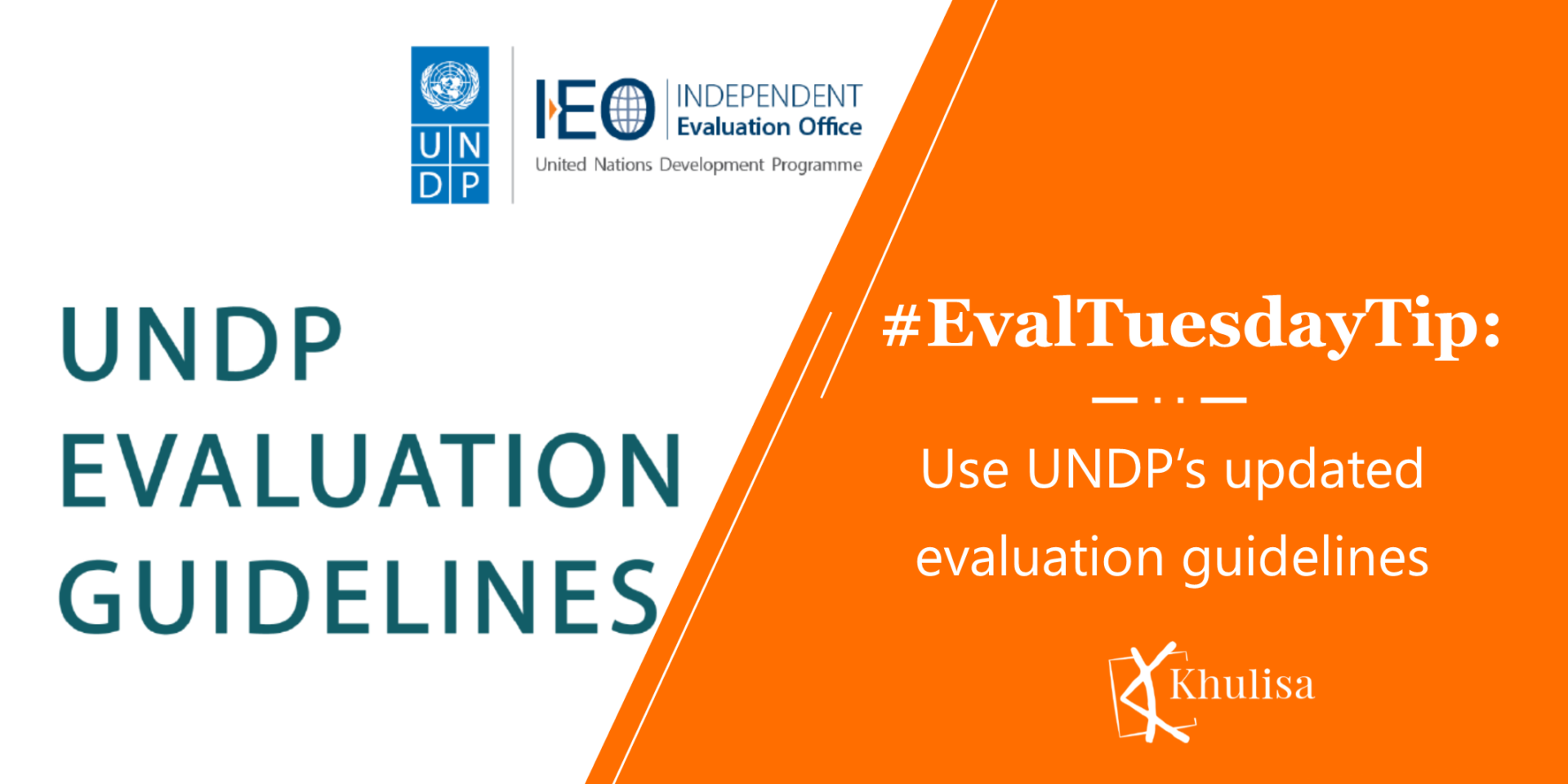
UNDP has released its latest evaluation guidelines. Khulisa thinks that this is an extraordinarily useful example of an Evaluation Framework and ‘How to Guide’ for
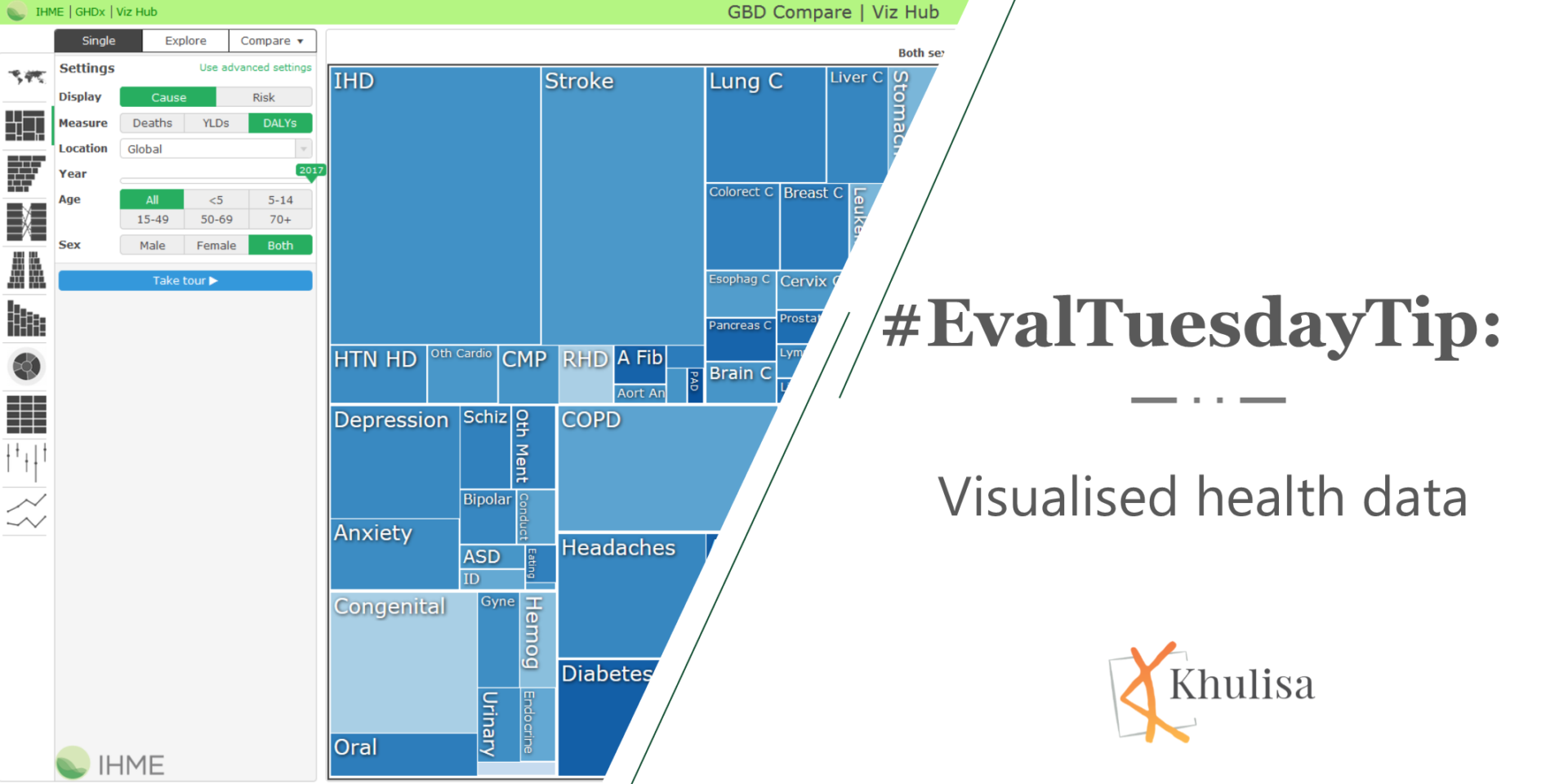
Often #evaluators do not use secondary sources of data, for this reason Khulisa likes the Global Burden of Disease data and how it’s visualised! It
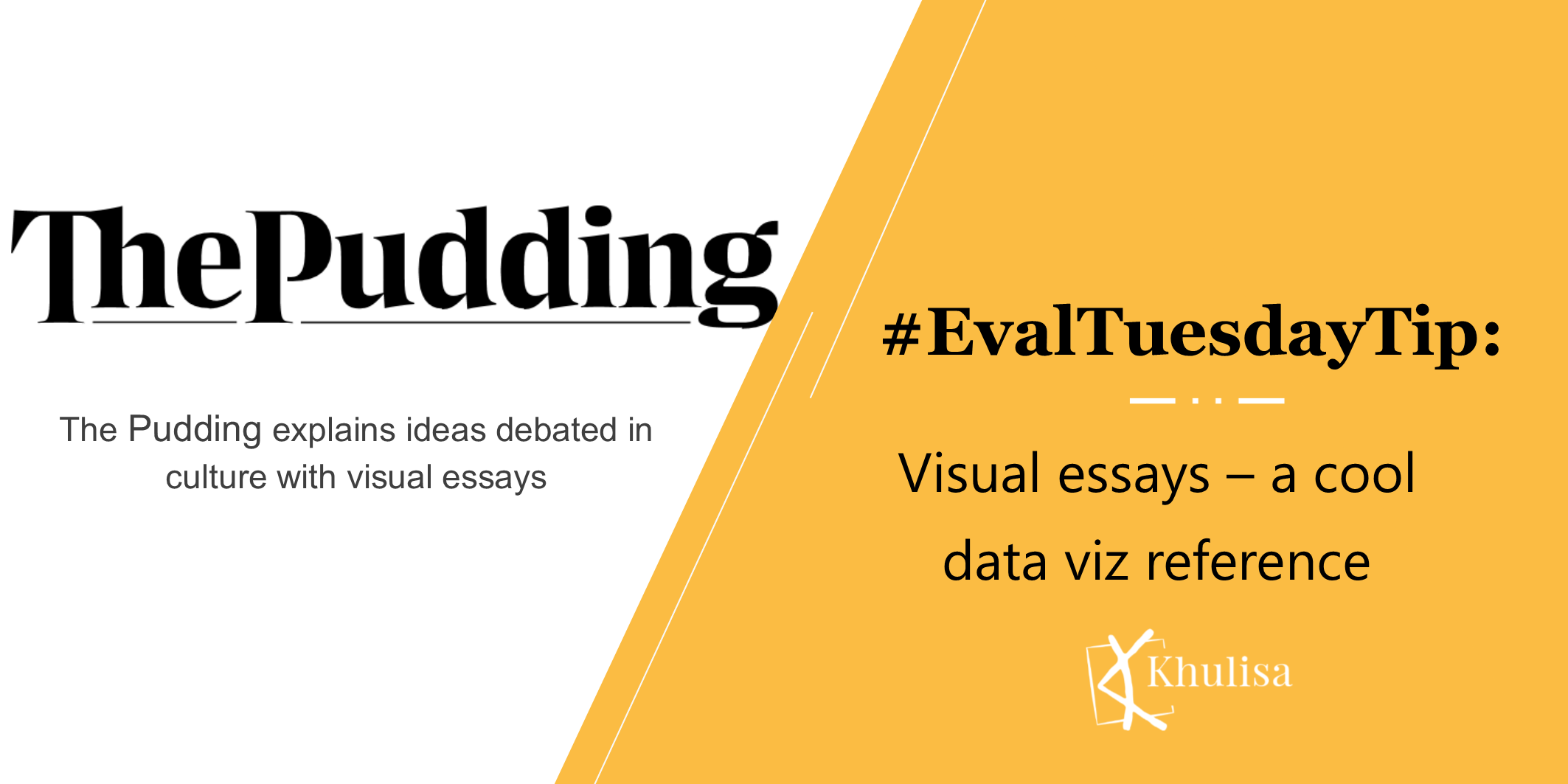
Khulisa recently discovered this interactive website that “explains ideas debated in culture with visual essays”. Our #evaluators are inspired because it’s a great website depicting
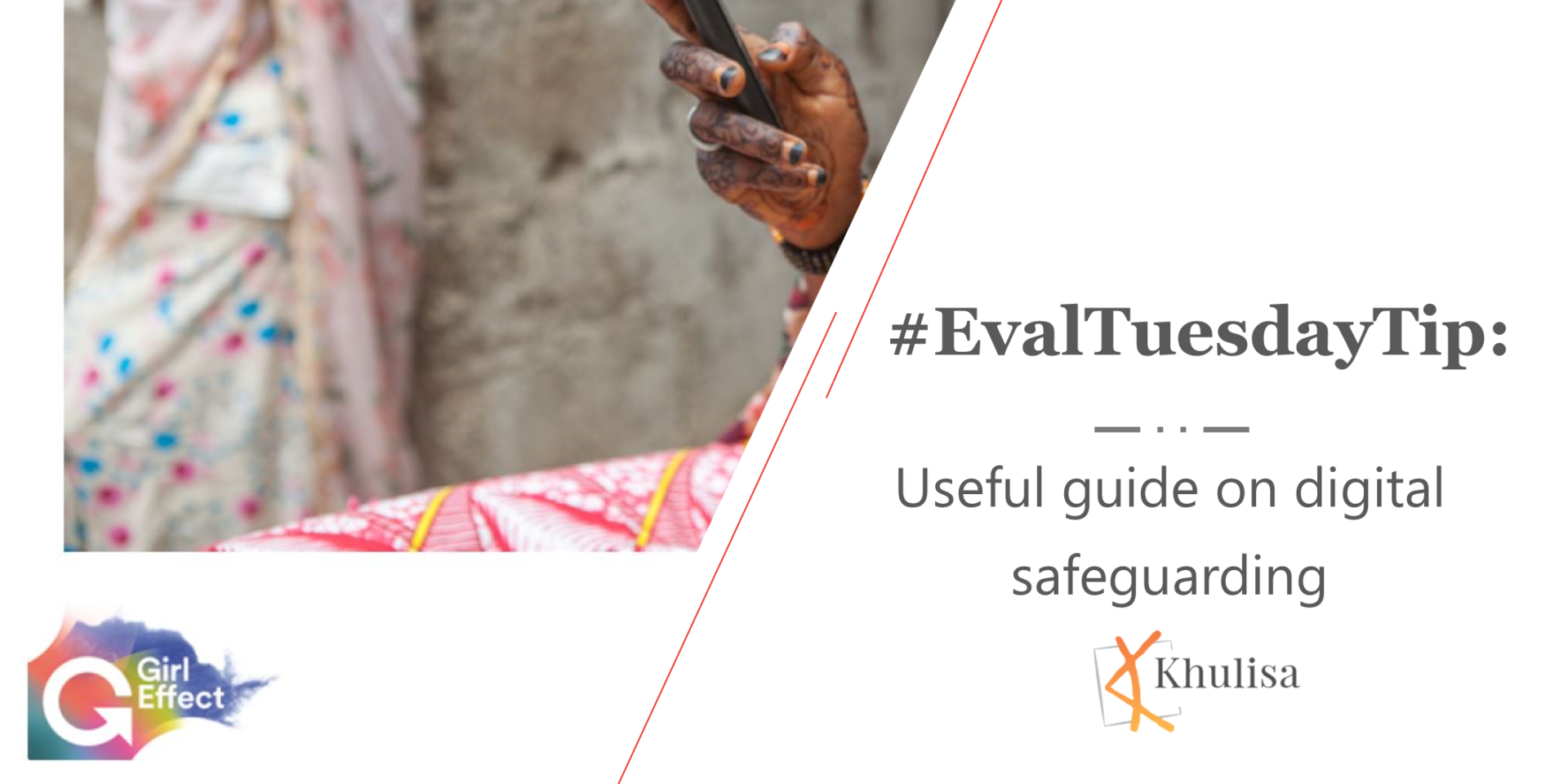
The Digital Safeguarding Tips and Guidance report is a must-read for #evaluators. Developed by Girl Effect, the guidelines provide a big picture on data privacy,
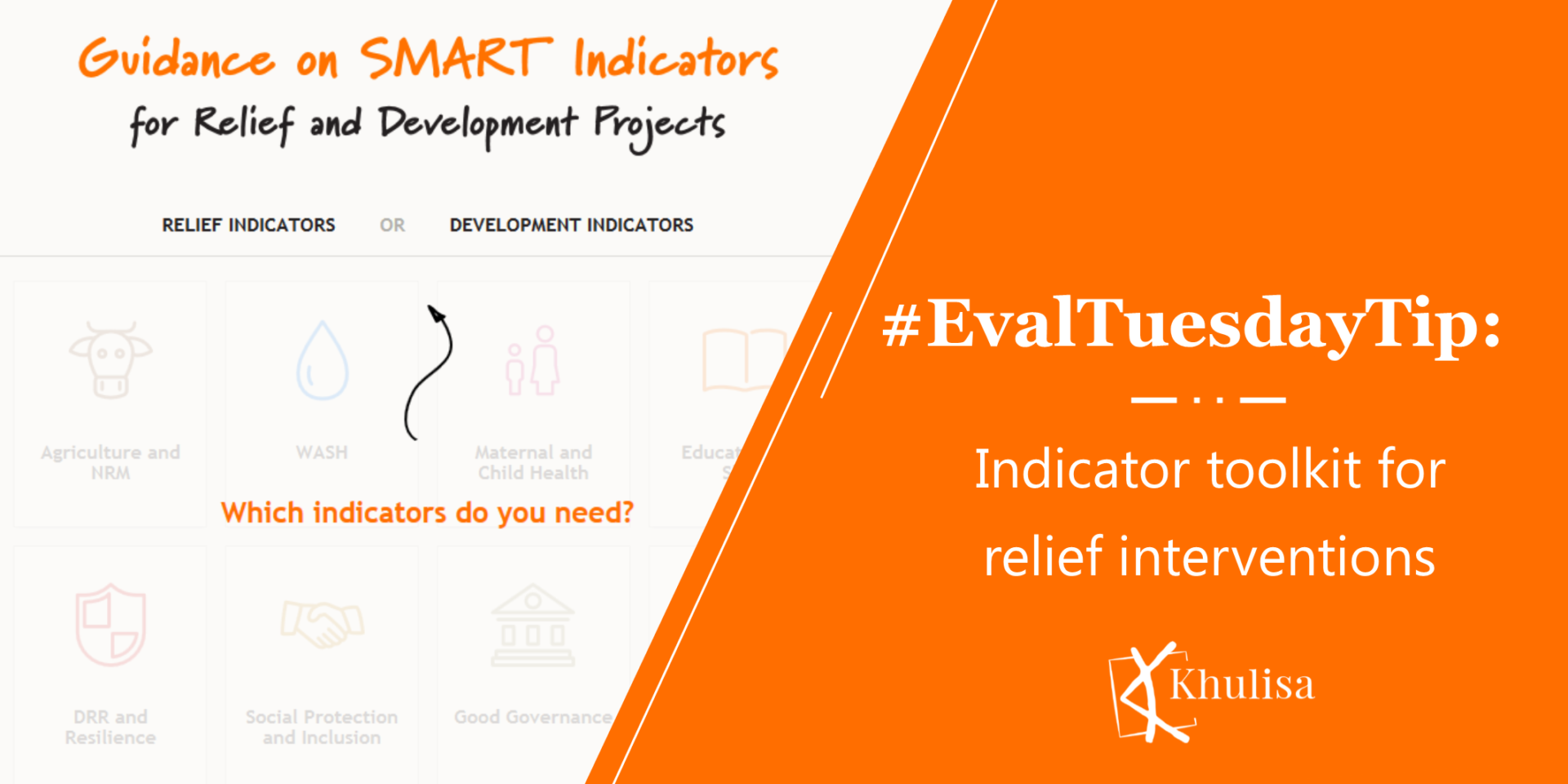
These indicator sets for relief and development projects are very useful for #evaluators. They are from IndiKit, a tool developed by the Czech NGO People
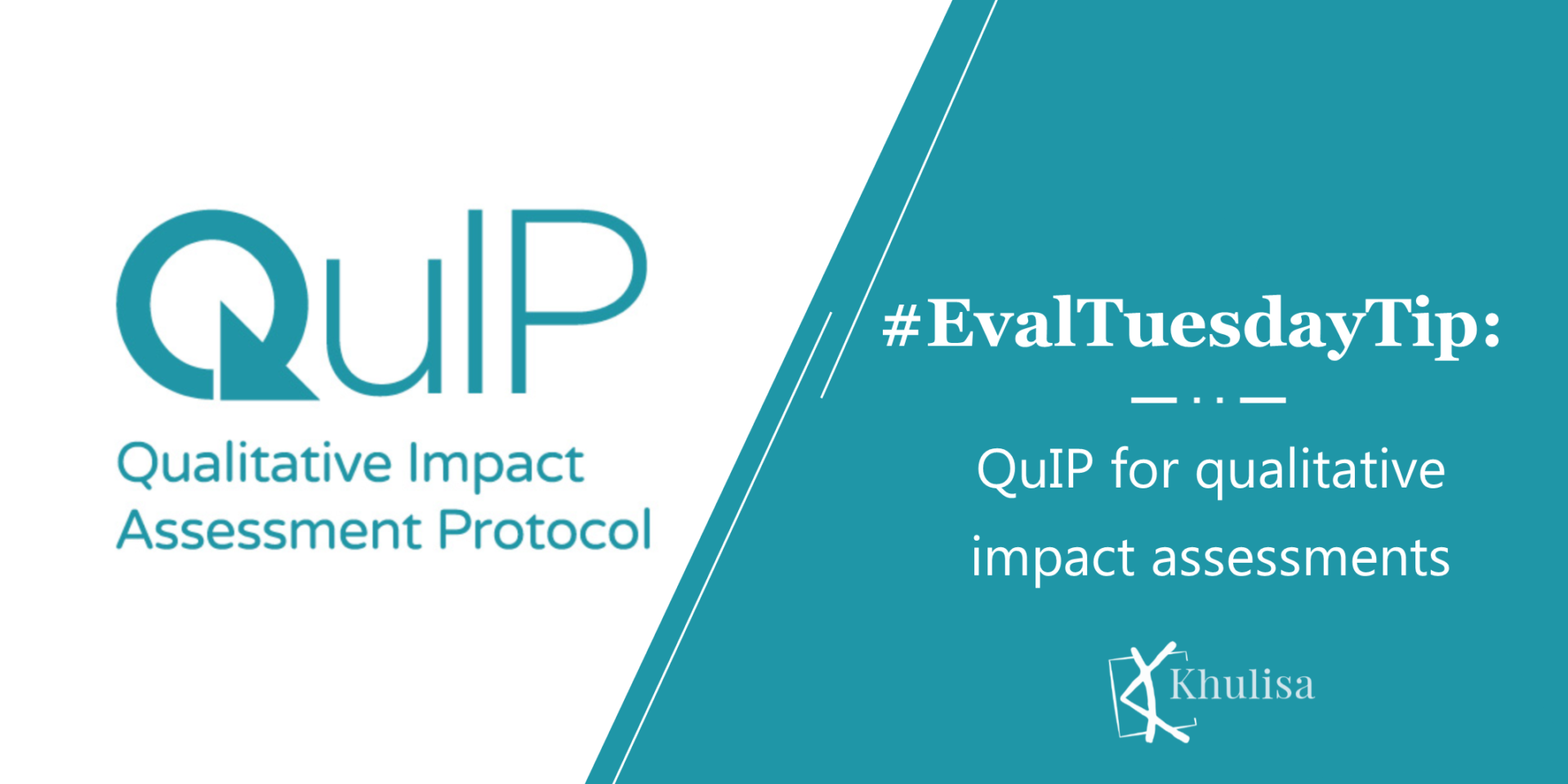
This interesting qualitative impact analysis protocol, called QuIP is useful for many of Khulisa’s clients. They write: “A common issue with qualitative impact assessment is
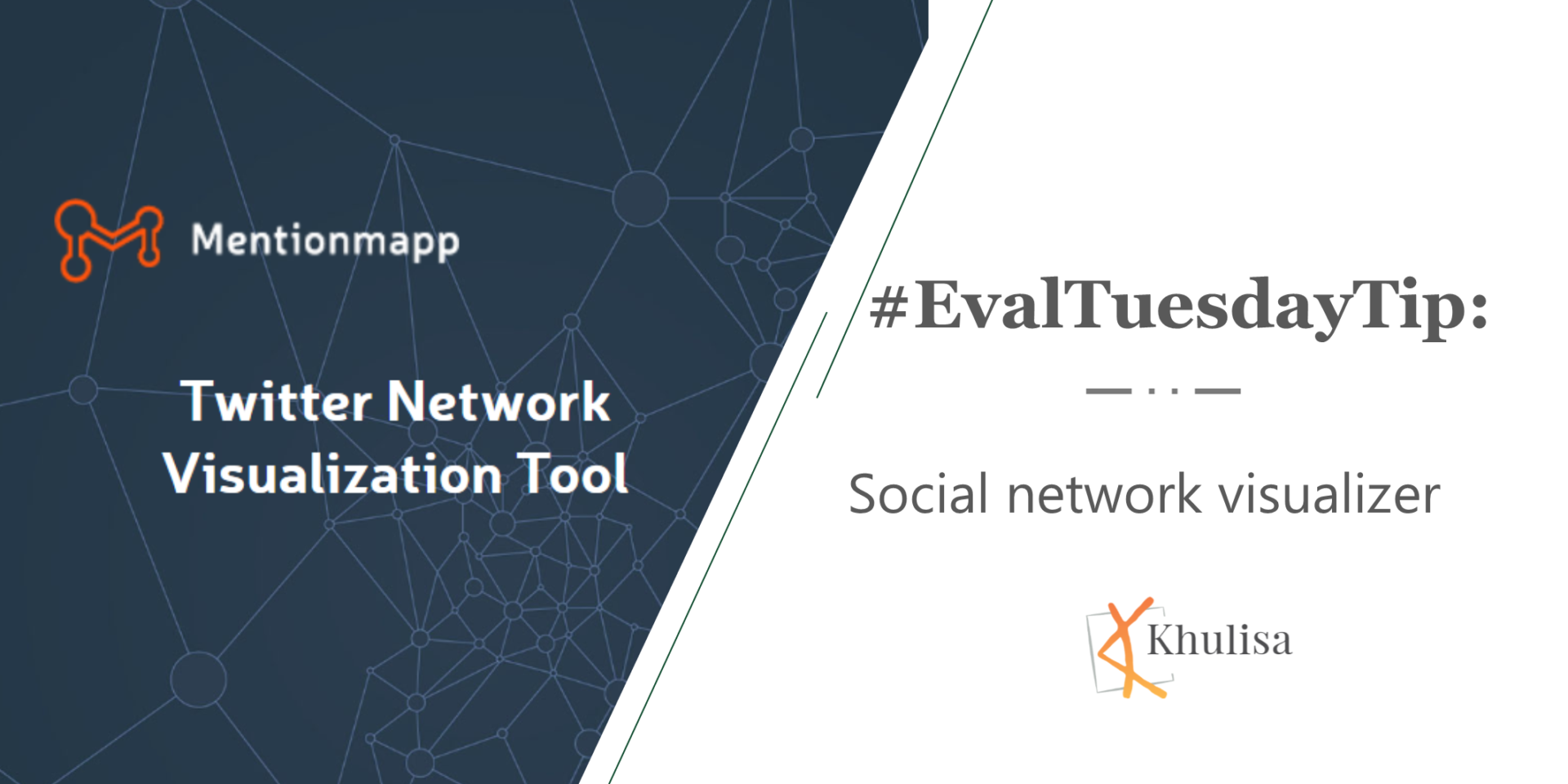
Mentionmapp is an excellent tool for visualising social media influence on twitter. The platform allows you to feed in hashtags and see how it spread

One of Khulisa staff members is a self-proclaimed recovering addict from the overuse of capitalisation in evaluation reports. We all fall prey to using too